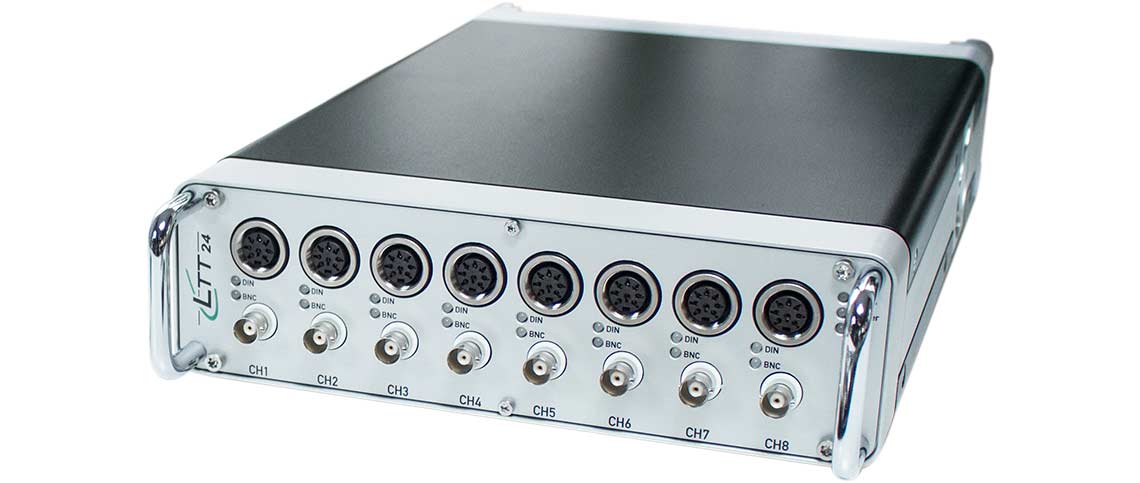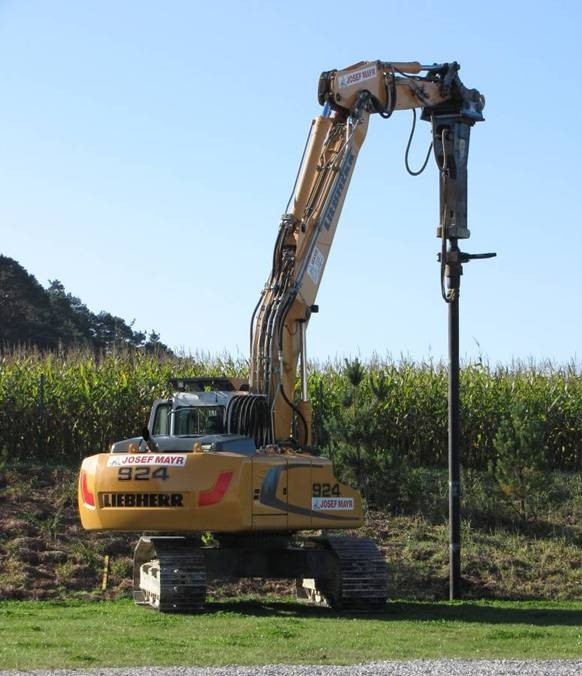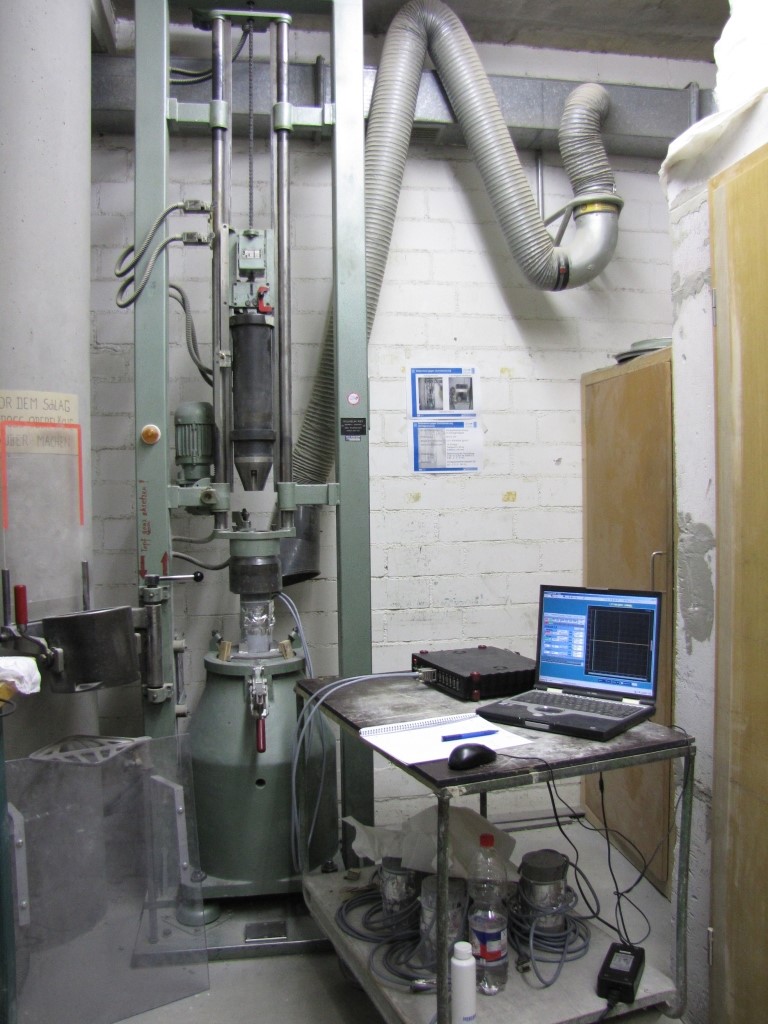

Recording of strains on ultra-high strength concretes under impact loading at the Technical University of Munich (cbm), Chair of Building Materials Science and Materials Testing, Prof. Dr.-Ing. C. Gehlen BAUER Spezialtiefbau GmbH, Dr.-Ing. K. Beckhaus, Dr.-Ing. H. Ibuk.

The strength of cementitious building materials has been steadily increased in recent years. The latest stage in this development is ultra-high performance concrete (UHPC), which has been the subject of intensive research at cbm of TU München since 1998. This concrete enables larger spans or slimmer structures due to the higher loads that can be absorbed. This opens up completely new possibilities for the use of this innovative concrete.
As part of a project funded by the German Federal Ministry of Education and Research, the use of the nano-material ultra-high performance concrete in foundation engineering is being researched for cost- and material-oriented optimization together with the industrial partner BAUER Spezialtiefbau GmbH. Among other things, driven piles made of UHPC are being investigated, as both ecological and economic advantages are expected, especially in exchange for steel.


Driven piles are driven into the ground using a hydraulic excavator to improve the subsoil. UHPC cylinders of different compositions with a diameter of 100 mm and a height of 200 mm were produced in order to simulate the stress during an impact on the pile head on a laboratory scale.
The tests were carried out in an impact device that is normally used to determine the resistance to crushing of aggregate. The drop hammer strikes a punch with a weight of 50 kg from a selected drop height, which transfers the force into the UHPC cylinder.
The high loading speed expected during the impact tests and the explosive material failure of the UHPC made a data logger with a correspondingly high measuring frequency and recording capability indispensable. A preliminary test on the cbm with the LTT24 quickly showed that its measurement rate of 500 kHz per channel was optimal for these tests.
In the following investigations, the transverse and longitudinal strains were recorded on the cylinders during an impact using strain gages (strain gauges) attached opposite each other in a two-quarter bridge circuit with the LTT24. With a total of 8 channels available, additional strain gages could be applied across the height of the cylinders in order to obtain information about differences in the amounts of the strains and the strain curves. By defining a suitable trigger, it was possible to keep the amount of data after the impacts were applied to a minimum. A comparison of the strains with cylinders of a different concrete composition is a prerequisite for further optimization steps with regard to a suitable formulation for UHPC driven piles.
The LTT24 precision measuring device or transient recorder from Labortechnik Tasler (LTT) offers 8, 16 or 32 galvanically isolated input channels including an integrated combination amplifier for volt, strain gauge and ICP signals. The wiring for the respective sensors is configured via software - no hardware modification is necessary. In strain gauge mode, full, half and quarter bridge circuits are supported. An optional supply with constant current enables high-precision and extremely low-noise strain gauge measurements for high-temperature applications.
The connection to the PC is made via USB or Ethernet - if required for longer distances also via fiber optics. With a connected PC, the signals can also be displayed and monitored online from a distance. The LTTpro measurement software considerably simplifies the recording, playback and analysis of measurement data. The extensive trigger function defines the start of data acquisition. The online mathematics enable an initial evaluation of the measurement during the recording. The direct saving of the measurement data in many common file formats allows direct further processing of the measurement data.
The investigations for the presented research project are currently still ongoing. In particular, strain measurements on demonstrators at the construction site are planned. However, it has already been shown that the acquisition of the LTT24 can provide important insights into the material behavior of UHPC under impact loading.
Back